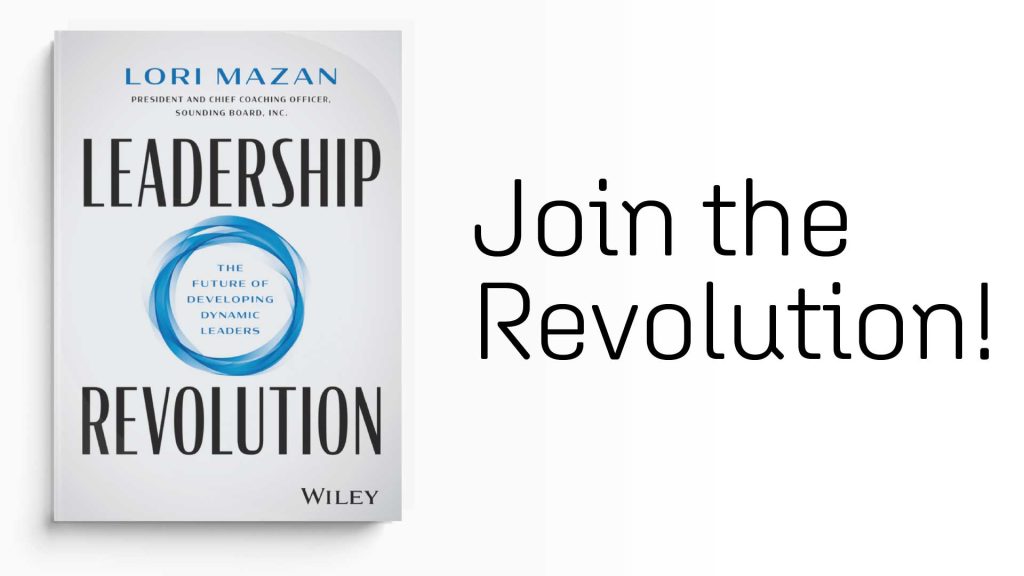Inclusive leadership is not only a competitive necessity but also the key to building employee loyalty. A McKinsey research study revealed that organizations whose executive teams were diverse and inclusive, were 25% more likely to increase their profitability than those whose leadership was less inclusive.
For the modern workforce, the key is to combine diversity and inclusion to unlock the full benefits of your leadership team. Because by now, we all know that diversity holds little meaning when it’s not actively inclusive of all people.
A Quick Overview of Diversity and Inclusion
Workplace diversity is about intentionally employing professionals with varying attributes like race, age, gender, nationality, religion, sexuality, etc. By accepting people’s differences and even celebrating them, you drive employees to achieve their full potential, ultimately increasing business profitability.
But diversity goes hand in hand with inclusion, which involves treating all employees fairly and respectfully, irrespective of their attributes. This includes providing people with equal opportunities and giving them access to the available resources so that they can fully contribute to your organization’s success.
3 Key Principles of Building an Inclusive Leadership Team
Employee trust and loyalty have to be earned, which is why your leadership team needs to be a reflection of your commitment to an inclusive workplace. HR can take unconscious bias training to enhance diversity, but this is only a short-term solution.
The best approach involves empowering leaders to embrace more inclusive strategies by showing them exactly how it should be done. There are 3 main principles that could help you achieve this:
1. Highlight Relevant Examples of Non-Inclusive Behaviors
Show your leadership team organization-specific examples of non-inclusive behaviors to increase their receptiveness and show relevance. This will also help them connect these scenarios to experiences they’ve faced in their daily environment, thereby showing them why inclusivity is important.
Most organizations tend to focus on a one-size-fits-all approach, but it rarely works because the leaders can’t relate to the examples. For instance, unconscious bias training mainly focuses on helping participants identify their preconceived opinions and showing them how they can be misleading.
The training, however, fails to ensure that the leaders relate to the coaching and identify that they have a personal responsibility to change their behavior. By highlighting relevant non-inclusive behavior, the leaders will recognize their exclusion tendencies and work on improving them.
ASDA, the European grocery chain, is a great example of how close-to-home scenarios can bring authenticity to diversity and inclusion training. They hired actors to play out exclusive behaviors that were happening within the organization and turned them into a series of training videos. Each video was tailored to a specific department to boost relevance, because exclusivity manifests differently in different settings.
For example, videos on unfair work distribution were made for the teams in retail locations, while those that highlighted shooting down employees’ ideas were made for the headquarters. As the leaders watched these videos, they recognized exclusive behavior that they otherwise thought was harmful and realized how it was damaging to their teams. This drove them to address their own actions and work towards fostering not only a more diverse workplace, but also an inclusive one.
2. Demonstrate That Inclusive Leadership Is Actionable
Inclusive leadership often feels like an isolated skill rather than an actionable strategy that can be embedded in an organization’s operations. This is the main reason why most organization’s inclusion attempts fall short.
While the recognition of exclusive behaviors is important, if it doesn’t drive behavior change, then it’s not enough. Instead of solely focusing on raising awareness around diversity and inclusion, show your leadership team how to transform their training into action by modeling the behavior.
For instance, once your leaders recognize the need for behavior change, highlight ways in which they can practice inclusivity. This includes actions such as:
- Treating all team members with respect and fairness.
- Actively listening to employees irrespective of their job description.
- Connecting to their team by showing interest in their career growth.
- Calling out bias when they recognize it and being accountable for their mistakes.
- Making merit-based decisions when it comes to promotions and job rewards.
By showing the leadership team how easy it is to integrate inclusivity into their daily activities, it will empower them to act.
Take Visa, for example. The corporate giant has a behavior motivation training program that encourages inclusivity by highlighting actionable inclusionary examples. This training is centered around 4 main principles:
- Turning the leaders who undergo training into inclusionary behavioral mentors once they complete the course.
- Breaking down diversity and inclusion into simple, actionable behaviors that they can easily execute.
- Using customized action plans to enable self-recognition of exclusive behavior. This is aimed at providing the leaders with a safe environment where they reflect on their behavior without feeling judged.
- Tailoring inclusive behavior strategies to different situations.
3. Focus On Sustainable Bias Mitigation Efforts
Instead of assuming that inclusion training will be enough to drive sustainable workplace changes, you should reinforce the bias mitigation strategies. This will help you protect the leaders from unintentional exclusion behavior, ultimately safeguarding your employees.
The training may be memorable and effective, but behavioral change takes time. In fact, studies show that it takes around 66 days for people to form new behaviors and for them to become automatic. You, therefore, need to supplement your efforts by coaching leaders on how to make unbiased decisions by tweaking procedures that prompt exclusive behavior.
Some of the ways you can do this include:
- Encouraging leaders to adopt blind resume assessments when evaluating qualifications.
- Eliciting emotional triggers rather than rationalizing exclusion.
- Highlighting ways in which they can structure wordings to show inclusion, e.g., avoiding gender-specific terms in job descriptions.
Empower Workplace Diversity by Harnessing the Power of Inclusion
Organizations that promote inclusive leadership tend to be more successful than the rest. Your team likely already knows this and would like to adopt inclusion strategies but may not know how to implement them. As a leader, it’s part of your role to model and integrate inclusive behavior in your daily operations to empower others to adopt similar behaviors.
The above strategies will help you cultivate a sustainable, inclusive leadership culture. But like anything, executing bias mitigation strategies can be challenging and leadership coaching may just be the solution you need to help your leaders embed these new skills. Contact us to learn more.











